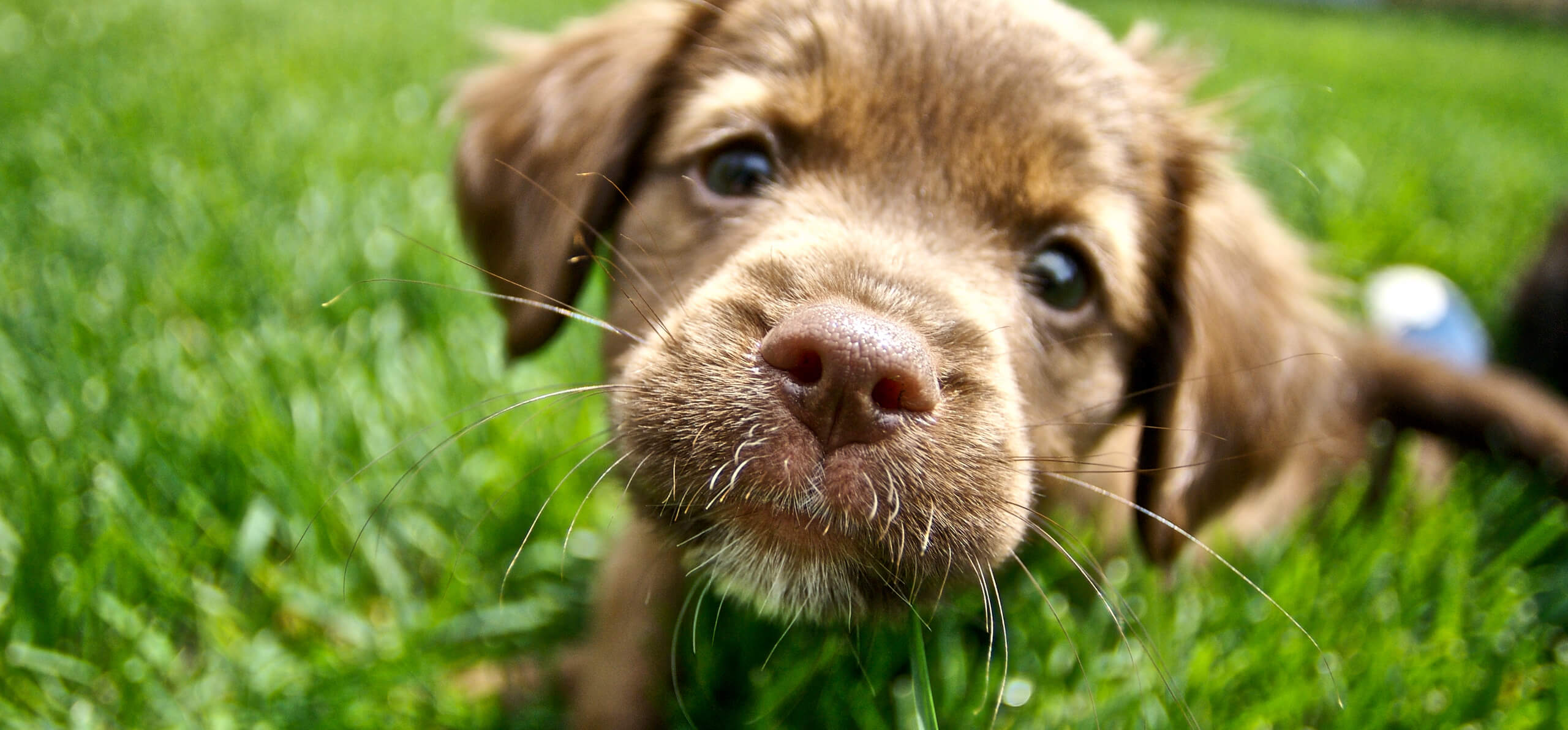Without socialization skills, your pup may become timid, fearful or even aggressive, so setting a successful foundation for a happy, healthy life begins when they’re young. Socializing your pup between the ages of three weeks and four months old will ensure he’s open to new experiences and ready for them as well.
When it comes to social etiquette, animals have their own set of rules. While we use intellect to interact with each other, furry family members use instinct. Dogs sniff out body language, so watch for their canine cues.
Your pup doesn’t have to be purebred to be well bred.
These tips can smooth the socialization process and help your pup get along with other quadrupeds and people alike:
1. Enroll in puppy kindergarten
Puppy classes are one of the safest ways to start socialization and they’re usually offered all over the country, in pet supply stores, kennels and even instructors’ homes.
Typically held in groups so puppies can work on basic commands and interact with other pets and people, these classes expose your pup to a whole new environment. Even the trip to the class can be a learning and training opportunity.
NOTE: Group classes may require vaccinated pets. Be sure to check with your veterinarian regarding your pup’s vaccination schedule.
2. Make tail-waggin’ time
Every puppy wants and needs play time. Make a date with friends and family who have pets to meet your little guy. Other quadrupeds can make great pals, even cats.
Just be sure everyone’s in a safe space so you can chaperone the interaction and watch for signs of aggression or fear. Confronting a pup’s natural hesitancy from the get-go can help him handle bigger issues later in life.
3. Parade your pup
Everyone will want to meet your new family member, so showing him off is only natural. Introduce your new best pal to children, neighbors, the elderly, as many different types of people as you can as long as you’re there to supervise.
The more people, places and activities your pup is exposed to the better. Dogs can become timid, skittish or defensive later in life if they’re uncertain about unfamiliar objects or situations. The more you can safely expose them to new situations when they’re young the better.
4. Loosen the leash
Sure, it’s hard to see your pup look uncertain or shy, but you won't do him any favors if you jump to his rescue whenever he’s out of his comfort level.
Dogs come from a natural pack hierarchy and tend to peacefully resolve any tensions among themselves. Brush up on dog body language to watch for red flags, but allow your puppy to learn a few lessons and work things out on his own.
Always try to keep calm and let your pup carry on. The more new sights, sounds and smells he experiences now, the more he’ll enjoy his future as a happy, well-adjusted adult dog.

